The Independent's journalism is supported by our readers. When you purchase through links on our site, we may earn commission.
From Downton Abbey to the Greek temples of Buckinghamshire: celebrating the ‘Shakespeare of gardening’, Capability Brown
It’s 300 years since the birth of Capability Brown, the man who invented the classic English country garden. We take a wander around some of his most famous works
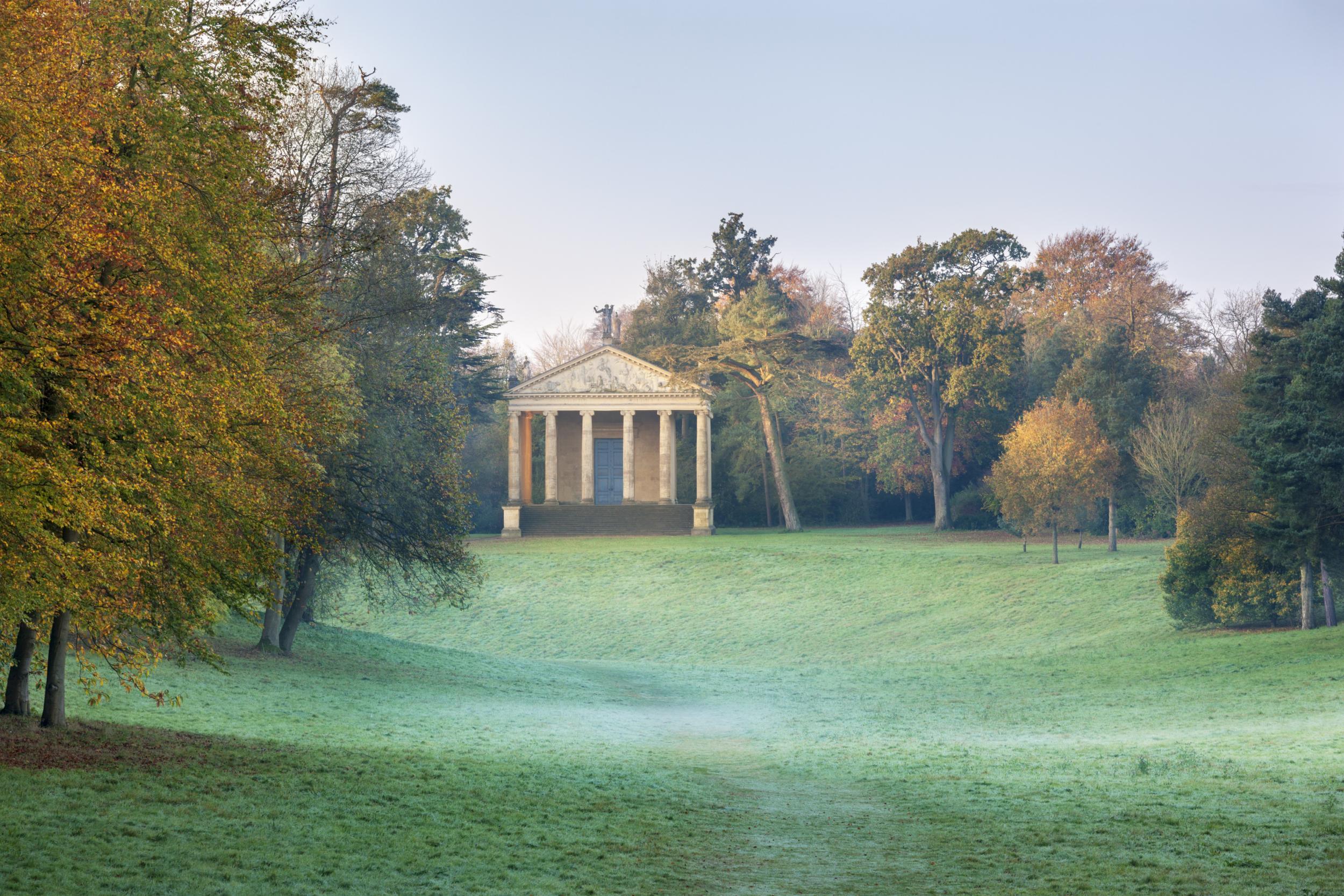
A Grecian valley scattered with monumentally large temples is perhaps not what you initially picture when you think of Buckinghamshire, but it’s thanks to Capability Brown – known widely as “England’s greatest gardener” – that that’s what I’m seeing.
Born in Northumberland 300 years ago on 30 August, Lancelot ‘Capability’ Brown has been called “the Shakespeare of gardening”. From some of the finest mansions in England, such as Chatsworth House and Belvoir Castle, to a public park in Wimbledon, Brown’s imagination has sculpted large swathes of the English landscape.
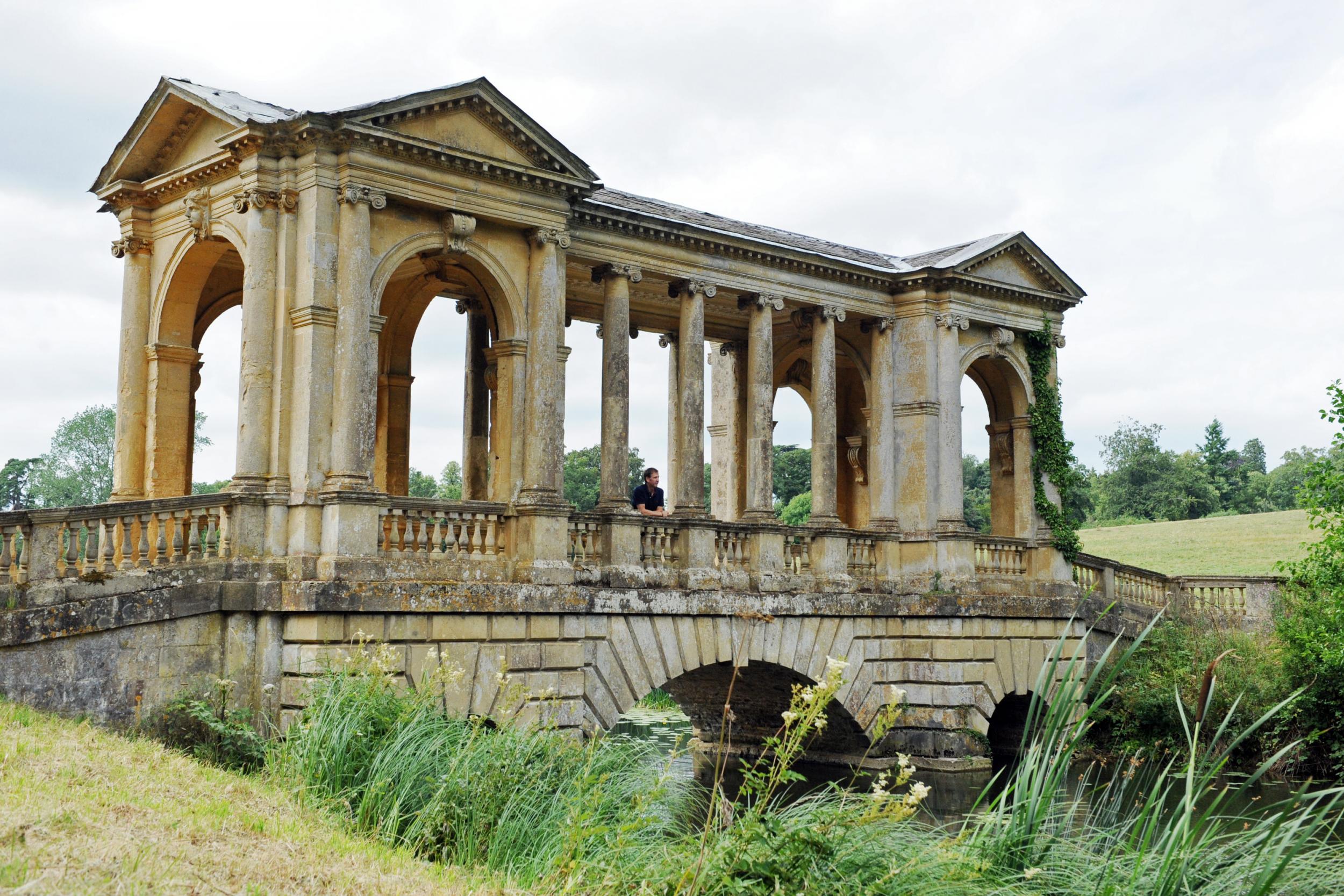
Brown learned his trade experimenting at Stowe, the Buckinghamshire country house where I’m admiring that Grecian valley. Brown’s specialty was creating tricks of the eye to influence the viewer: the eastern side of the Grecian valley is planted with yews and Scots pines, creating dense shade and an introspective mood, while the western side is planted with more deciduous trees, giving a lighter feel. A particular yew is extraordinary: a centuries-old tree that has, over time, dipped its branches into the soil, which have then slowly grown into the trunks of new trees, enabling the yew to ‘walk’, or inch, its way across the grounds.
Odd as it may sound, the first thing I notice about the influence of Capability Brown here at Stowe is there are things you don’t notice. As we approach along a dusty track, Barry Smith, head of gardens and estates, tells me to look to the left, across the fields. Fields are all I see. It’s what most of us would call countryside. Ah-ha, says Barry, look closer and you can see a subtle dip, where sunken walls, known as ha-has, were put in place by Brown as a discreet way of stopping livestock from roaming – and to make a man-made view look natural.
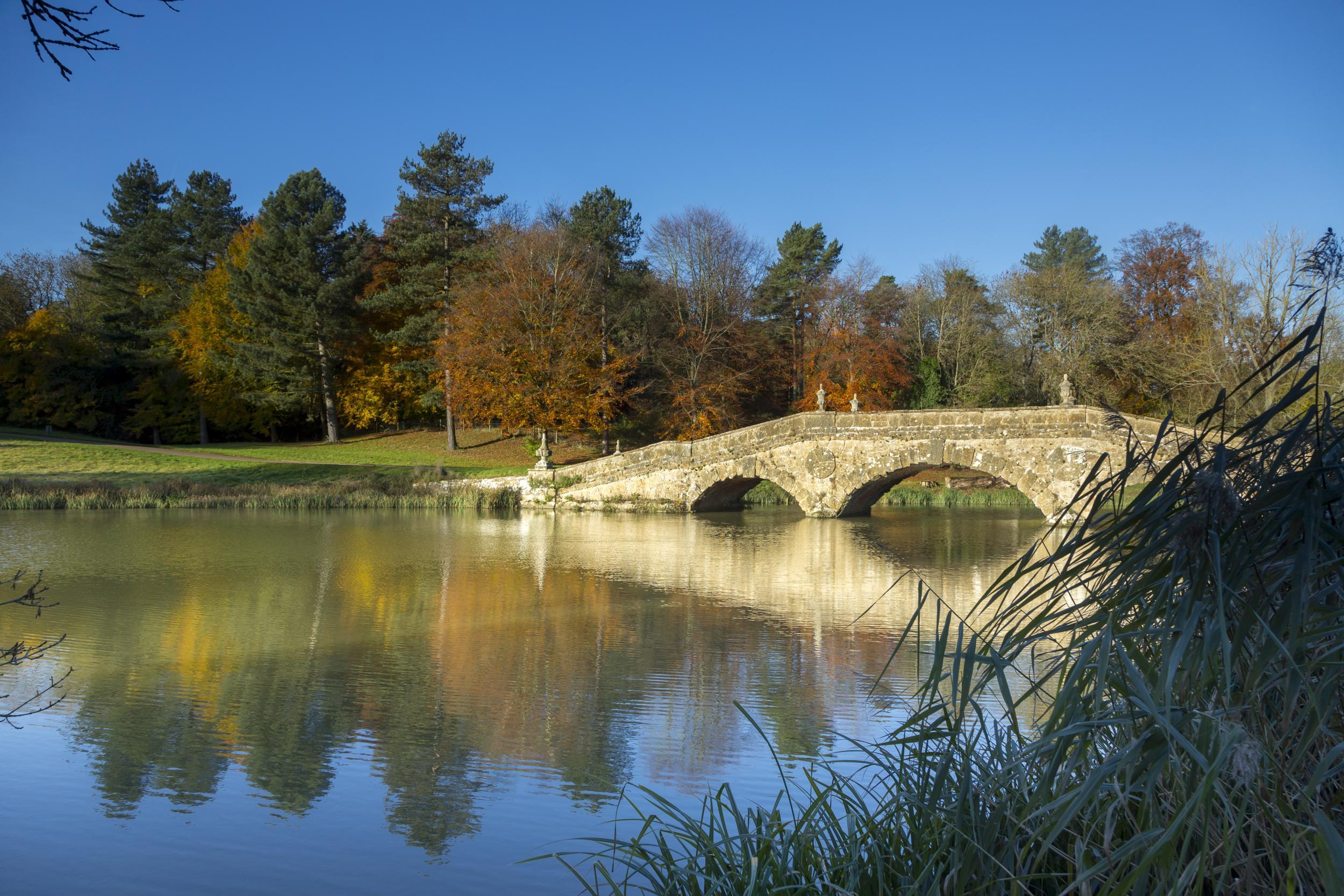
Now, Barry gestures to the right: there’s a distant castle, except it’s not a castle but a farmhouse topped with battlements – a playful "eyecatcher" intended to create atmosphere. Without someone to explain the lie of the land, you’d be none the wiser.
It’s a typical example of the tricksy handiwork of Brown. He was at the forefront of a new naturalistic style that replaced England’s formalised, geometric garden layouts with more flowing and open parkland. This became known as the Serpentine Style: the classic English garden.
If you make a day out of visiting one of his parklands, you could be forgiven for thinking the landscape before you is natural, rather than artificially shaped almost down to the last blade of grass. As Mike Calnan, head of gardens for the National Trust, tells me: “His work was aesthetically pleasing and practically functional. The saying goes that he improved on nature so closely in all his works that they can be mistaken for it.”
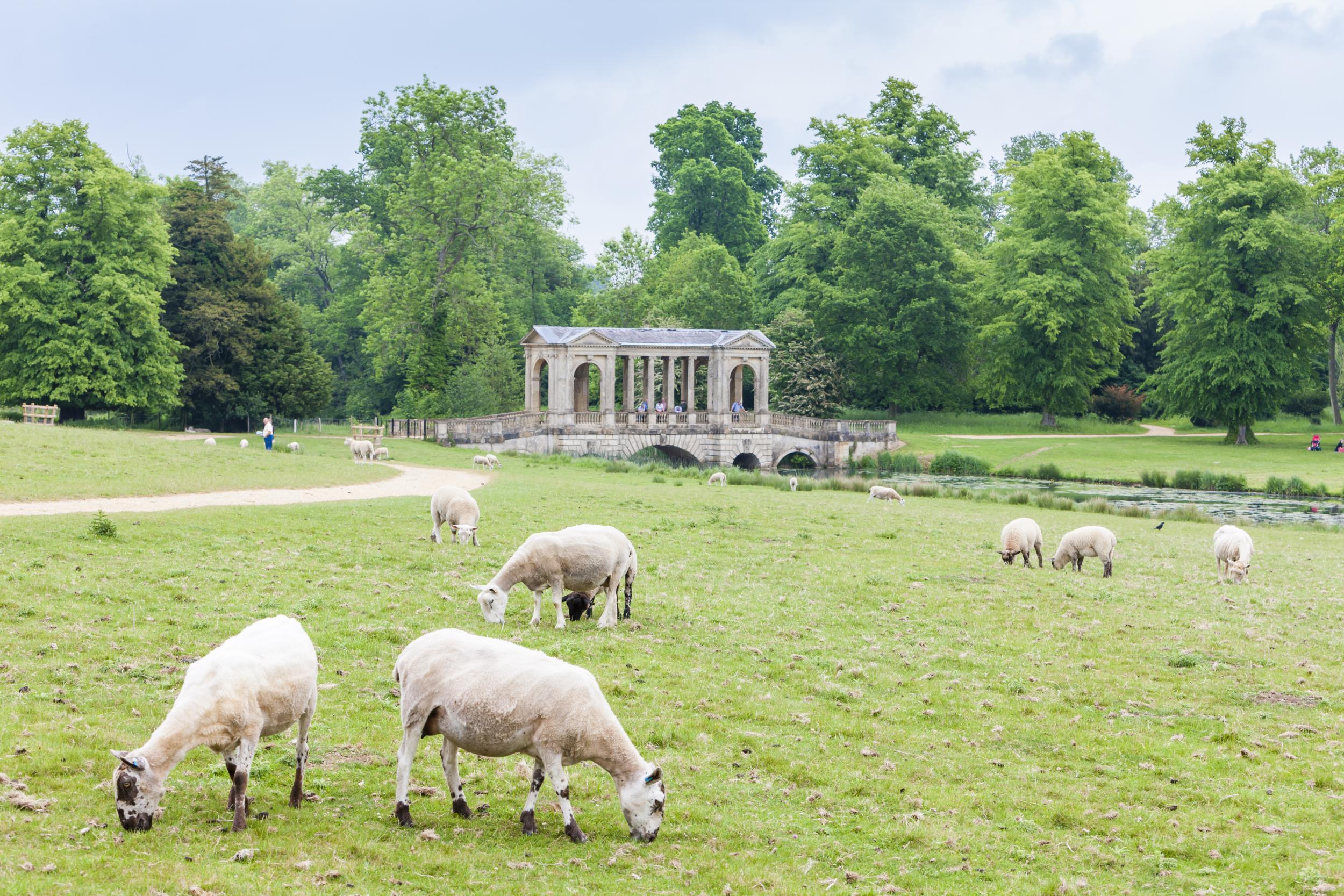
Brown reputedly earned his nickname by reassuring aristocratic clients their estates had the “capability” for improvement. He spent eight years at Stowe – the only place he was ever formally employed – but went on to become George III’s Royal Gardener, and is associated with more than 250 sites across England and Wales, with many more parks and gardens around the world inspired by his work.
“He was the main person the people wanted for their parks and gardens, the ‘must-have’ designer of the day,” Mike adds. “People wanted the perfect setting to set off their new country house or villa.”
Brown was even happy to mould landscapes to reflect the particular philosophies of his employer. The Dukes of Buckingham, who built Stowe, saw their creation as a “park of life”, and every element of its grand architecture, from temples to bridges and arches, oozes with guidance on how they felt life should be led.
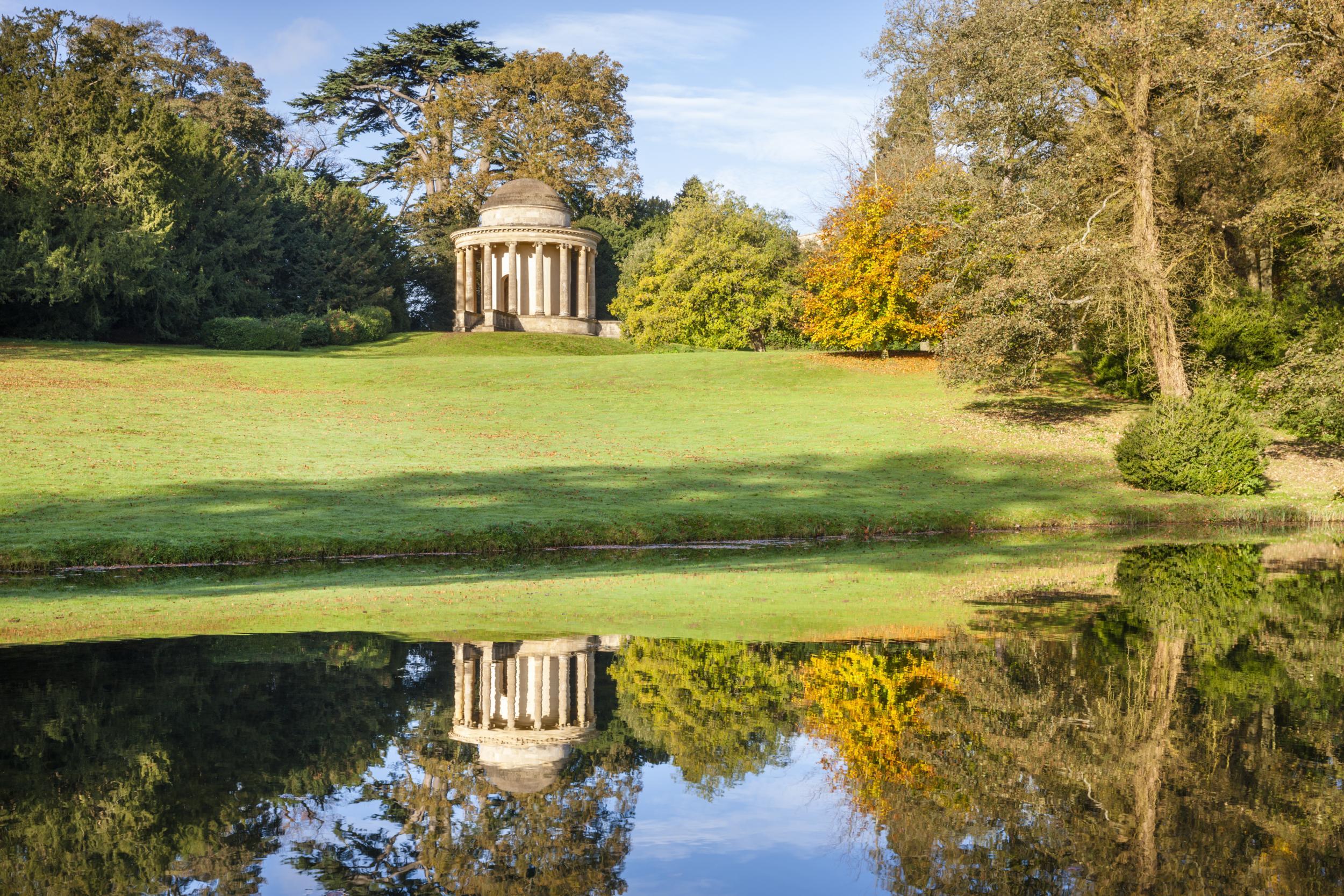
“Stowe house was the axis: you were intended to keep on the narrow path, which takes you across the lake and to the triumphal arch, or ‘pearly gates’ that took you out of this world,” says Barry. The message is not always subtle. Turn left by the Temple of Worthies, and an easy path leads to the deliberately ruined Temple of Modern Virtues. Taking the easy path in life, the dukes believed, was not the most rewarding. Turn right, though, and hike up the hill using a little more puff, and you reach the Temple of Ancient Virtue, an altogether more pleasing and satisfying journey’s end.
You don’t need to be a garden designer to enjoy Brown, then; there are plenty of peculiar joys to being led down these garden paths.
Top 5 Capability Brown Gardens
After Stowe, these are some other Brown landscapes well worth a wander:
Swansong: Berrington Hall, Herefordshire
Berrington’s park was Brown’s final creation before his death in 1783. As the culmination of his lifetime’s work, the park is today seen as ‘natural’ rather than an ingeniously designed and engineered landscape. “It’s a beautiful ensemble of landscape, park and rolling hills,” says Mike.
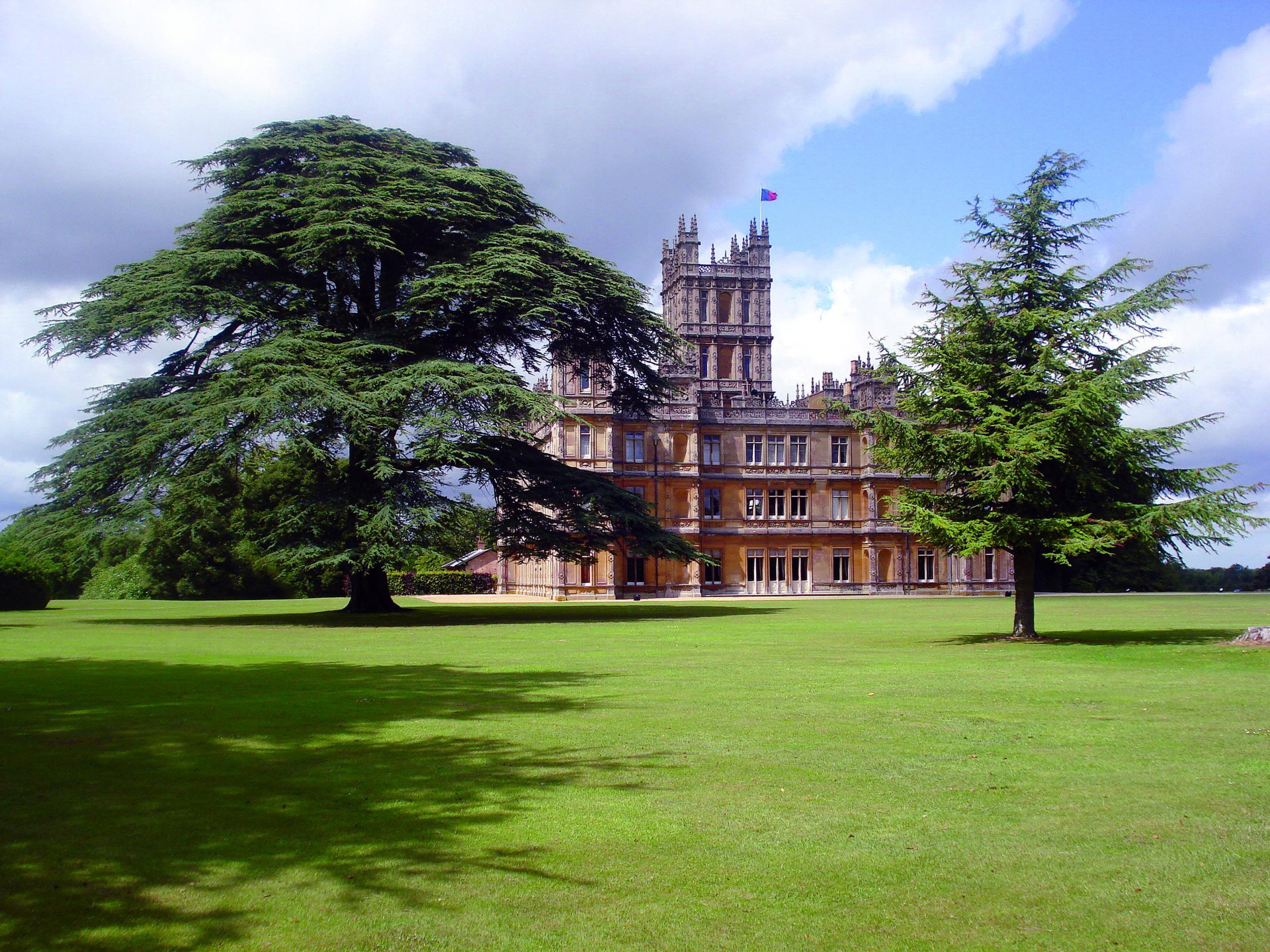
Downton Abbey: Highclere Castle, Hampshire
Best known as the fictional home of Downton Abbey, Highclere has become one of the most visible showcases of Brown’s work. He shaped the park and grounds with rolling hills, cedar trees and deciduous trees laid out as "eyecatchers".
Mile-long lake: Trentham, Staffordshire
Brown was employed at Trentham Gardens from 1759 to 1780 and created the mile-long lake and the surrounding parklands. To mark the tercentenary, Trentham has removed some latterly introduced woodland to shape the grounds more like they would have looked in Brown’s day.
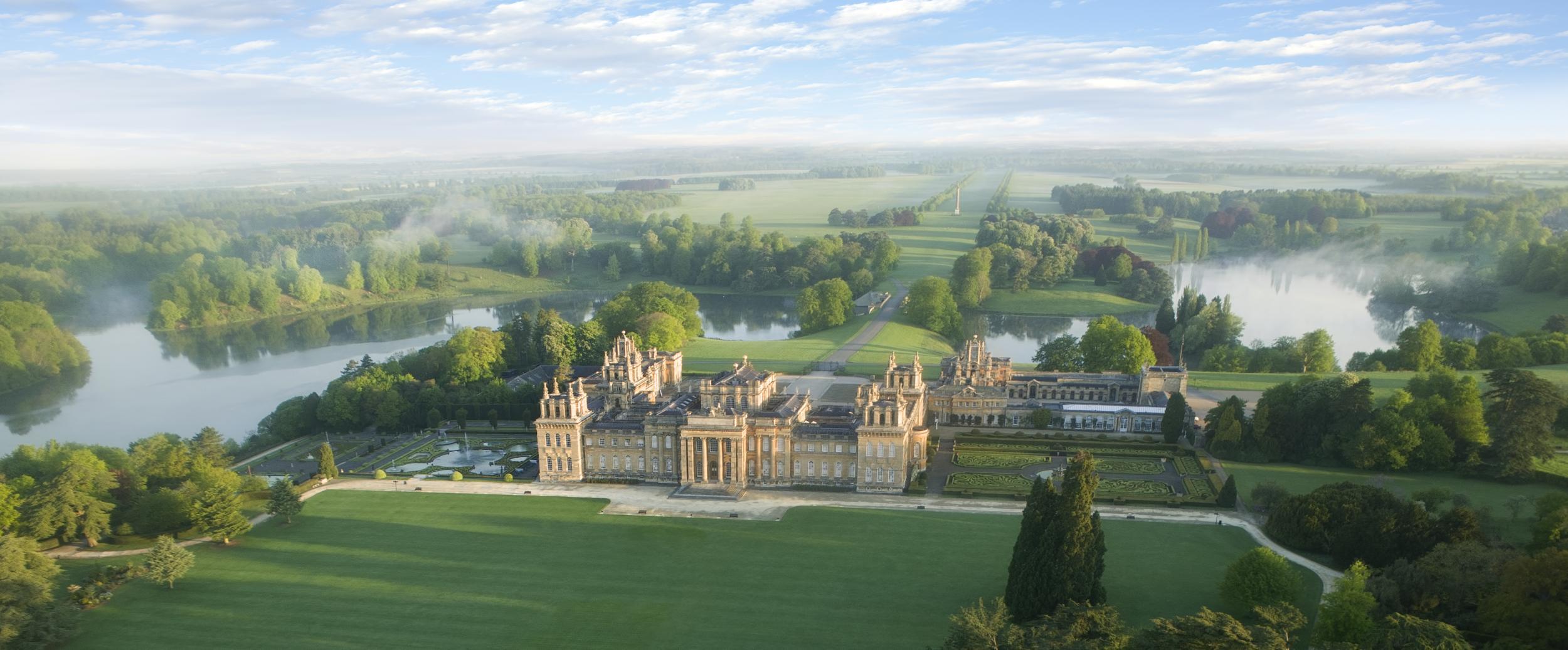
Tree-moving machines: Blenheim Palace, Oxfordshire
Brown spent 11 years transforming the Palace’s landscaped parkland under the patronage of the 4th Duke of Marlborough. An exhibition celebrating the 300th anniversary began in February and features specially commissioned artworks featuring his most celebrated views, as well as one of Brown’s famous "tree-moving machines", reconstructed by Blenheim Palace’s carpenters.
Hand-dug river: Croome, Worcestershire
Croome was Capability Brown’s first large-scale commission and is often described as his "first and most favourite child", a place he came back to time and again. “You look down and see what you think is a natural river but it’s a hand-dug lake that took 11 years to build,” Mike tells me. Brown not only designed the park, but was the architect chosen to remodel Croome Court into the fashionable Palladian style.
One of the oddest legacies of Croome is unrelated to Brown, but might have brought a smile to his face: the mansion was taken over by the Hare Krishna group in the Eighties, and their colourful decorative flourishes remain visible to this day.
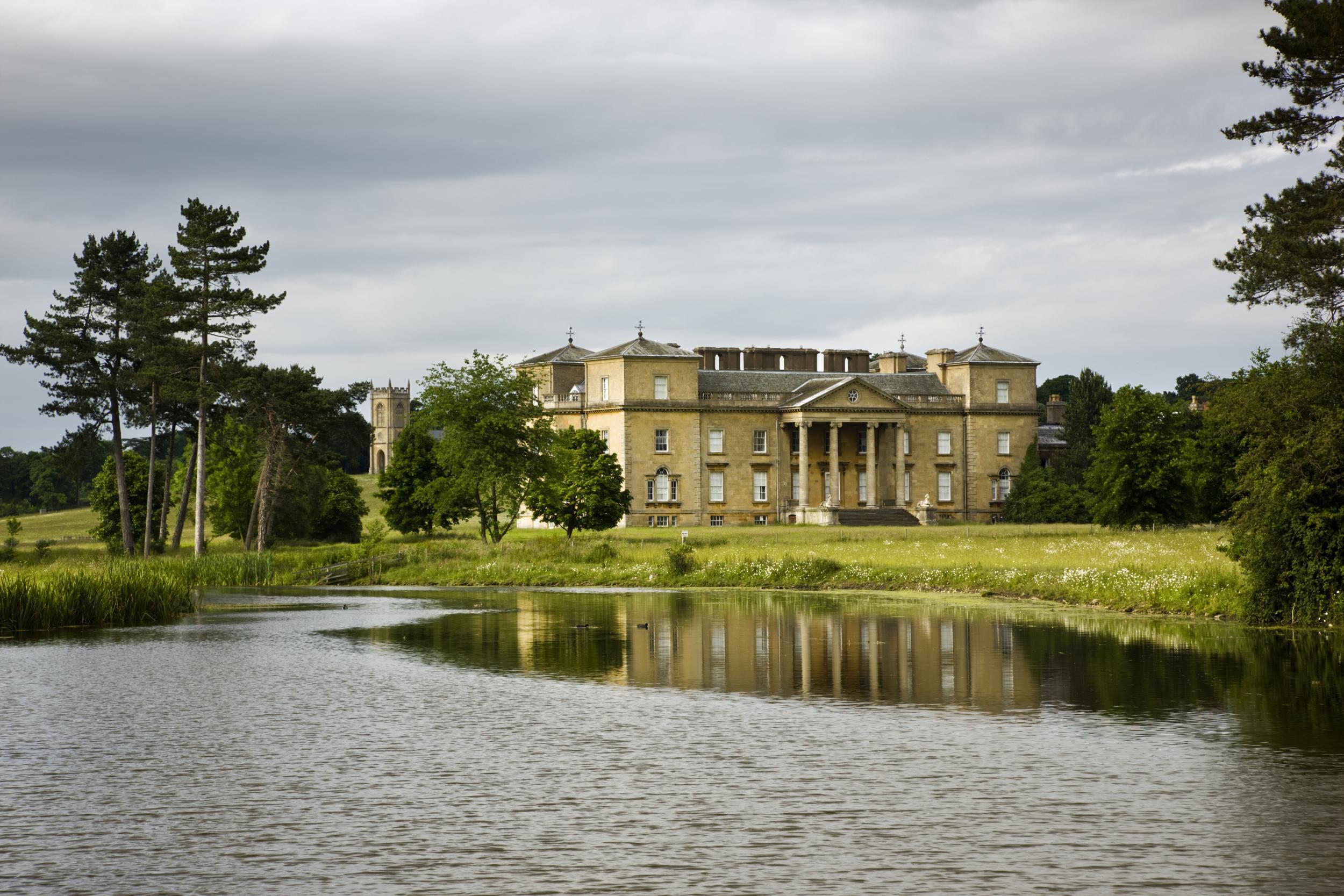
Serpentine style: Petworth, West Sussex
Petworth Park is typical of Brown’s handiwork: it looks natural, timeless and untouched, but everything, down to the last detail, was overseen by Brown. The 700-acre deer park is considered one of the finest surviving unspoilt examples of a classic English landscape park. Brown removed the formal garden and fishponds and replaced them with a serpentine lake.
More information
Entrance to Stowe costs £11.20 for a standard adult ticket, and £28 for a standard family ticket, with various other ticket options available. More information at nationaltrust.org.uk/stowe
Many Brown sites, including some not normally open to the public, will host special events, tours and activities throughout 2016. More details at capabilitybrown.org
Join our commenting forum
Join thought-provoking conversations, follow other Independent readers and see their replies
Comments
Bookmark popover
Removed from bookmarks